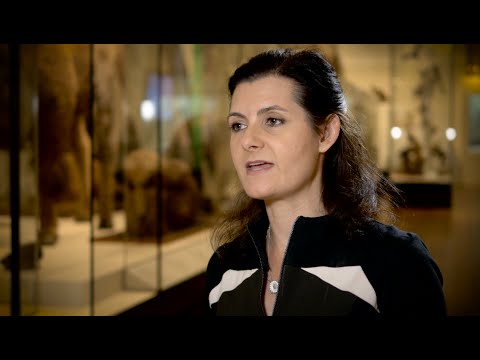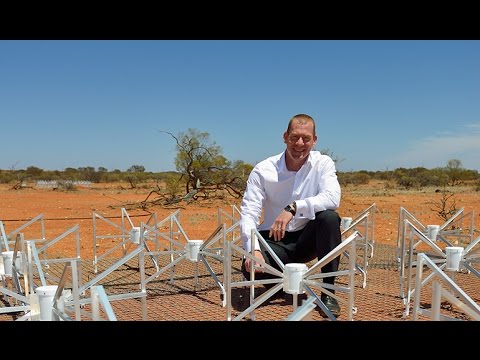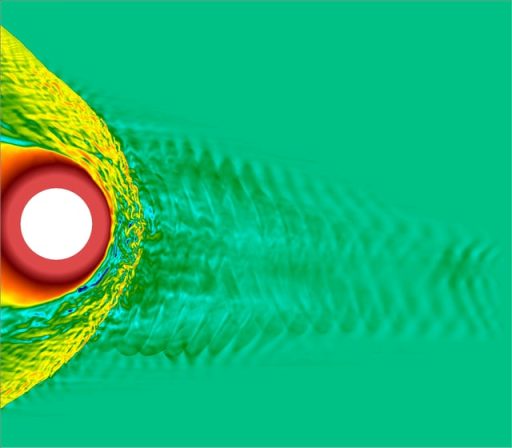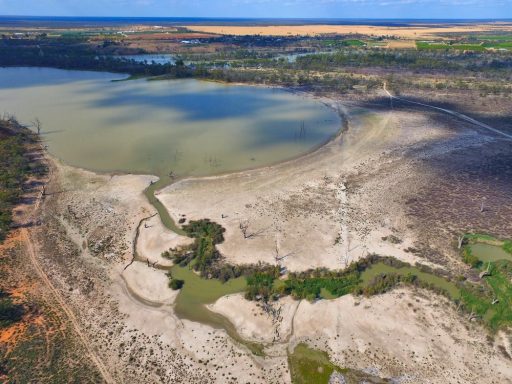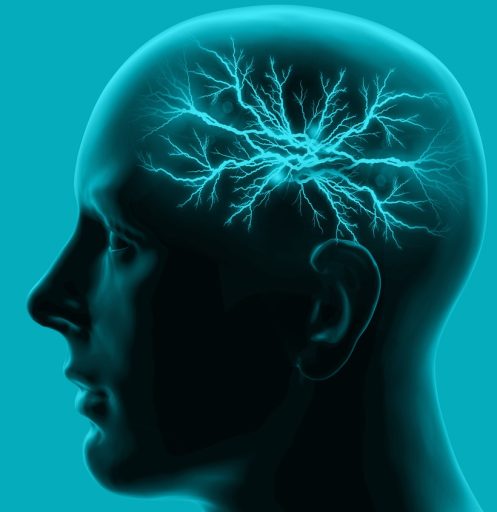Access to cloud services, such as high-performance computing and storage, that are impractical for the museum to house on site is significantly improving the analysis process and the way data is shared between Koala Genome Project partners, opening the door to new insights for conservation and protection.
Swedish information scientists collaborate with global pharmaceutical company and data mining experts to forecast technologies related to intelligent pharmaceuticals.
Steven Tingay is passionate about designing and building radio telescopes in outback Western Australia and using them to look at the first stars and galaxies.
As computer simulations go, Vlasiator is as huge as they come. Developing Vlasiator, Minna Palmroth, professor at the Finnish Meteorological Institute, has succeeded in doing what many of her colleagues thought impossible: Simulating weather in near-Earth space, showing how solar wind affects us, using high performance computing and high speed networks to do so.
The provision of high-speed broadband to many primary and every post-primary school in Ireland affords schools greater opportunity to embed technology in the teaching and learning process. This opens the door to a faster, richer, more interactive and more informative Internet experience than was possible before.
“Water is fundamental to our lives, for food production, and for the health and prosperity of our cities. Both Australia and China face similar challenges around the pro.vision of water in rural and urban areas and for several years we have been working together to find sustainable solutions for water resource management that benefit both nations,” says Professor John Langford.
Realizing that rapid review of game play was the best way for players to improve their technique, the Penn State men’s volleyball coach sought a cost-effective, portable means for the team to study game footage and exchange notes on the go. Enter NET+ Box, made available to Penn State through its membership in Internet2.
eduroam (education roaming) es el acceso en roaming seguro, a nivel mundial, desarrollado para la comunidad académica internacional, y parece imparable, expandiéndose hacia otros países y más allá de esta comunidad. Desde su aparición en Europa en el año 2003, eduroam ha ganado popularidad dentro de las instituciones académicas, encontrándose actualmente disponible en 76 países, expandiendo más allá de las instituciones académicas, llegando al ambiente público, comercial y a iniciativas de Wi-Fi en distintas ciudades.
Swedish researchers are incorporating sensitive register data in their cross-border analyses of the interaction between genetic and environmental factors for schizophrenia. Thanks to Tryggve, a new Nordic initiative to advance the utilization of sensitive biomedical data.
“I was curious to explore the possibilities of a poetic approach to concepts of presence and absence in different places,” says acclaimed director Giorgio Barberio Corsetti, who exploited the brand-new fiber optic connection to the Italian research and education network of major archaeological sites in Rome to create a unique live performance.
The Spanish Institute of Oceanography is one of the first organisations in the world to solely dedicate itself to researching the sea and its resources. Its broad and diversified activities require an accurate database capable of accommodating millions of data items, as well as a powerful connections to researchers and national and international centres with which it shares information.
eduroam (education roaming) is the secure, worldwide roaming access developed for the international research and education community. eduroam is now available in 76 countries worldwide and is expanding beyond campuses to public, commercial and city Wi-Fi initiatives.


